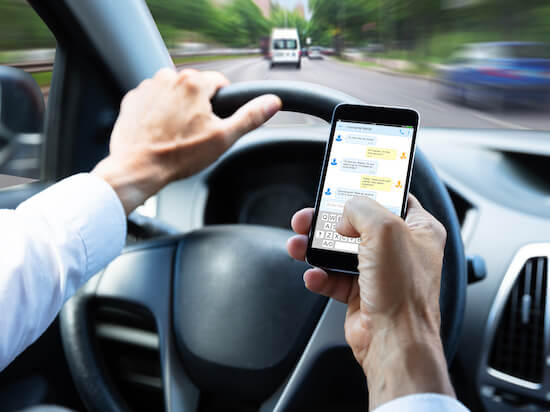The coronavirus ushered in abrupt closures for offices and other types of workplaces, forcing countless Americans to work remotely. The new work-from-home economy accelerated as quarantines, lockdowns, and travel restrictions became the new normal. According to Statista, before COVID-19, 17% of U.S. employees worked from home five days or more per week; a share that increased to 44% during the pandemic.
Use eTags© to Quickly Complete Your DMV Service. Renewals, Title Transfers and More, All Online!

Google Meet is adding about 3 million new users every day, and had about 100 million daily Meet participants by April last year
Zoom, Team, Meet and video conferencing options
Suddenly, Americans are spending hours-on-end having video meetings or video conferencing on platforms such as Zoom, Microsoft Team, and Google Meet.
In fact, Zoom had around 300 million daily meeting participants by the end of April 2020, compared to only 10 million in December 2019. Microsoft reported about 75 million daily active users of Teams; 70% more from March to April.

Cisco had about 300 million Webex users, with 240,000 sign-ups in a 24-hour period
54% of those who drive after video conference calls have trouble concentrating
Zoom Zombies may be the newest term to join the automotive industry lexicon. As Americans have been working endless hours from home, video meetings are making it harder to focus when they’re behind the wheel. A new study suggests this lack of concentration has had a part in the surge of fatal car accidents since we first heard about the coronavirus. In fact, the National Safety Council just reported 42,060 people were killed in motor vehicle crashes in 2020. On a miles-driven basis, that’s 24% more and the biggest year-over-year increase since 1924!

Upwork’s latest “Future of Workforce Pulse Report” says that by 2025, 36.2 million Americans will be working remotely— an 87% increase from pre-pandemic levels
A national consumer survey of close to 2,000 Americans reported 54% of those who drive after video chatting have trouble concentrating. The ever-growing reliance on technology like video meetings, along with constant screen time from other devices such TVs and cellphones, have most drivers carry the distracted behavior into their vehicles. Drivers are more like to operate on autopilot.
Over 10% of highway fatalities involved distracted driving
A recent Root Insurance analysis of 3.1 billion miles driven, the average American used their cellphones once every 5.5 miles in 2020. That’s 18 times every 100 miles! Distracted driving is a major problem nationwide. The NHSA estimated more than 10% of highway fatalities involved distracted driving. The Root Insurance study also found that last year 53% of respondents admitted to checking their cellphones within the first 15 minutes of driving — a 9% jump from 2019 — when they should be trying to shift focus to driving.

For true digital natives, Gen Z drivers who are born from 1995 to 2010, 65% reported losing focus while driving
Zoom Zombies zone out
The surge in video conference calls means more people are zoning out behind the wheel. This results in a number of behaviors while driving such as not being able to process the information in front of you., also known as cognitive overload. A driver can miss out on various signals that make for driving safety. Think traffic lights, emergency vehicles, pedestrians, and even environmental sounds that can alert danger.
SEE ALSO: PEDESTRIAN SAFETY TAKES CENTER STAGE DURING CORONAVIRUS
There’s a higher risk of cognitive distraction, looking at the road while your thoughts are elsewhere, so you may not notice a dangerous situation soon enough to react
Being on camera is draining
Zoom video meetings are taxing on the brain as we mostly see people from the waist up. This demands more focus since we’re missing critical body language cues and hand gestures for a fuller image of the conversation. Analyzing facial expressions, voice and tone consumes a lot of energy, making these calls even more draining.

Zoom Zombies are constantly fighting to stay engaged, attentive, and responsive. Delays and lags affect comprehension, making having to concentrate even more demanding. There’s also a physical side to this zoom fatigue; drivers can experience more headaches, eye irritation or blurred vision, back pain and stiff neck, due to always being on camera.








